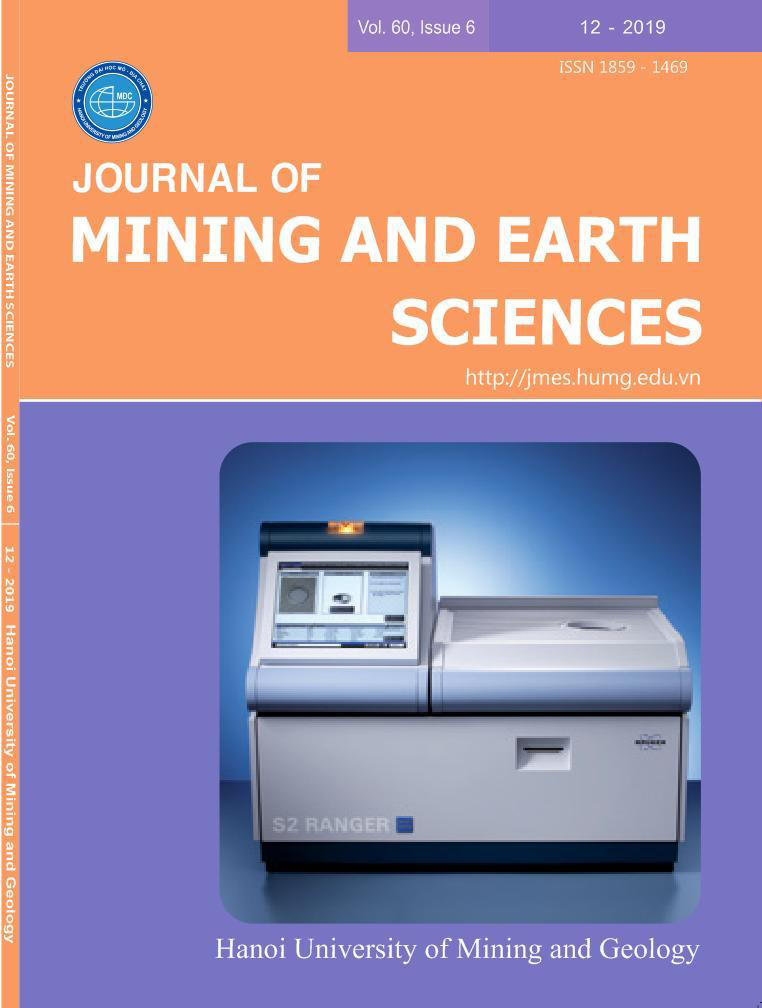Study on the capability of treating Fe, Mn in the wastewater of several aquatic plant species
Tóm tắt
Phytoremediation is a method of using plants to extract, isolate or detoxify pollutants through chemical, physical and biological processes. For years, this method has been considered as an effective method for wastewater treatment thanks to its high efficiency, low cost, stability, and simplicity of operation. Besides, this wastewater treatment technology is environmentally friendly since it increases biodiversity and contributes to the landscape of the environment and local ecosystems. This study aims to research the possibility to treat diluted Iron and Manganese from the wastewater using some aquatic plants such as Phragmites australis, Cyperus involucratus, Caladium bicolor, Chlorophytum Comosum, Dracaena sanderiana. The outcomes of this study indicate the significance of this treatment method as well as the factors that affect the efficiency of Iron and Manganese treatment in wastewater. Experiments have shown that after 96 hours the recorded efficiency of Fe treatment in wastewater in the environment 1 reaches 91.6 - 98.4% in all five aquatic plant species, with the highest value recorded in Caladium bicolor (EE1-Cal) (98.4%) and the lowest value recorded in Dracaena sanderiana (EE1-Dra) (91.6%). In environment 2, the treatment efficiency is lower, ranging from 75.4÷94.2%, with the highest and lowest values recorded in Caladium bicolor (EE2-Cal) and Dracaena sanderiana (EE2-Dra), respectively. The experiment for Mn treatment shows that recorded treatment efficiency in wastewater in environment 1 reaches 64.8÷95.8%, with the highest value recorded in Cyperus involucratus (EE1-Cyp) (95.8%) and the lowest value recorded in Dracaena sanderiana (EE1-Dra) (64.8%). In environment 2, the treatment efficiency is lower, ranging from 52.8÷80.6%, with the highest and lowest values recorded in Cyperus involucratus (EE2-Cyp) and Dracaena sanderiana (EE2-Dra), respectively.

